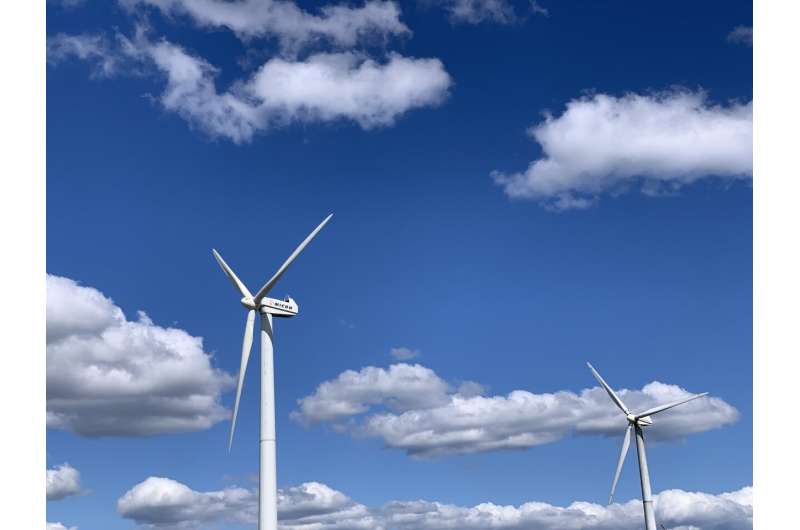Making computers and smartphones more energy efficient with novel tiny structures

With enhanced properties such as greater strength, lighter weight, increased electrical conductivity and chemical reactivity, nanomaterials (NMs) are widely used in areas like ICT, energy and medicine. For example, nanotubes, nanorods and nanowires with different size, structure and chemical composition have been successfully synthesised for various applications in mechanical, electromechanical, electric and optoelectronic devices.
Defined as materials with at least one external dimension sized between 1 nm and 100 nm, or with internal structures measuring 100 nm or less, NMs play a crucial role in the next generation of mobile phones, computer chips, batteries, autonomous devices and robotics. Therefore, it's important to know which set of structural and electrical properties for such materials gives the best performance for a particular application. Scientists and engineers are increasingly focusing on developing NMs that are highly energy efficient. But, the tinier NMs become, the harder it gets for them to manage the heat generated during the processing of information.
The EU-funded ENGIMA project has been addressing these issues. It was set up to explore "the structure-property relationships in the elaborated nanostructured multifunctional materials," as noted on the project website. "It [ENGIMA] focuses on how to redistribute electricity efficiently at miniscule scales, harnessing nanotechnology breakthroughs that are opening up new possibilities and applications thought impossible until just a few years ago," according to an article on the European Commission website.
As stated in the article, researchers involved with the project "developed a permanent static 'negative capacitor,' a device thought impossible until about a decade ago. Previously proposed designs for negative capacitors worked on a temporary, transient basis but the ENGIMA-developed negative capacitor is the first to operate as a steady-state reversible device." Capacitance refers to a measure of the amount of electric potential energy stored or separated for a given electric potential.
The same article adds: "The proposed approach harnesses properties of ferroelectric materials, which possess spontaneous polarization that can be reversed by an external electric field. Increasing the charge on the positive capacitor increases the voltage. The reverse occurs with the negative capacitor—its voltage drops as the charge increases." The combination of the two capacitors "enables electricity to be distributed to regions of the circuit requiring higher voltage while the entire circuit operates at a lower voltage." This is a crucial development because it helps tackle overheating problems affecting the performance of conventional computing circuits. "Building on this research, we are developing a practical platform for implementing ultra-low-power devices for information processing," says ENGIMA lead researcher Igor Lukyanchuk.
Increasing the performance of processors means smartphones and various other electronic systems will become more energy efficient. Scheduled to end in late 2021, the ENGIMA (Engineering of Nanostructures with Giant Magneto-Piezoelectric and Multicaloric Functionalities) project will also help scientists design new nanostructures for future photovoltaic materials. "The results emerging from ENGIMA promise to open significant new opportunities and possibilities for high-tech industries, particularly in addressing current energy consumption and harvesting issues, with applications across many fields," the European Commission article says.
More information: ENGIMA project website: www.engima.ferroix.net/
Provided by CORDIS




















